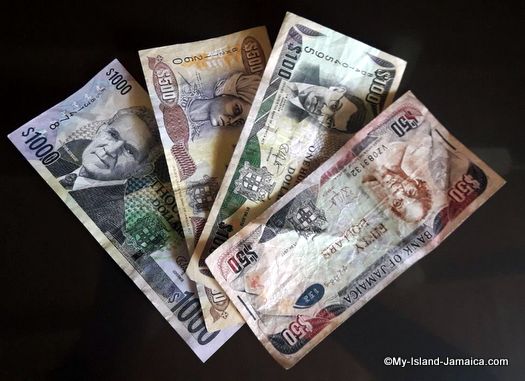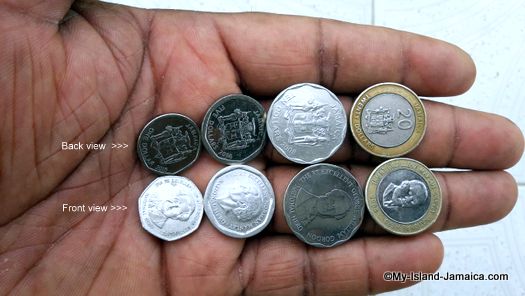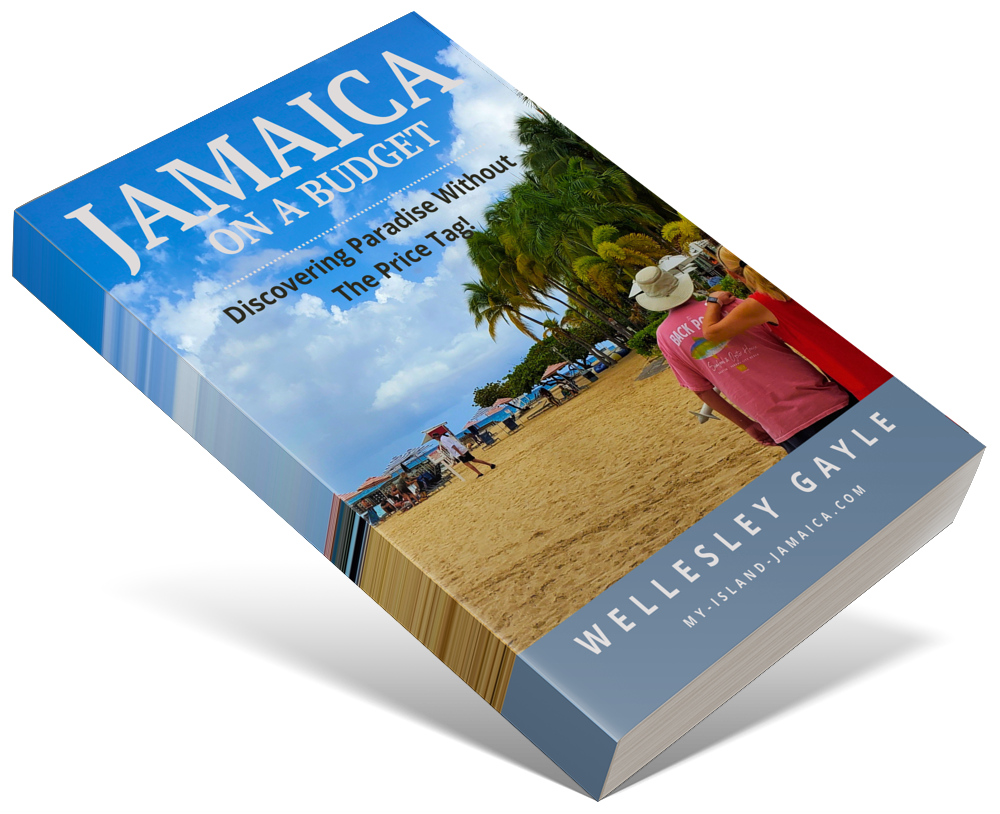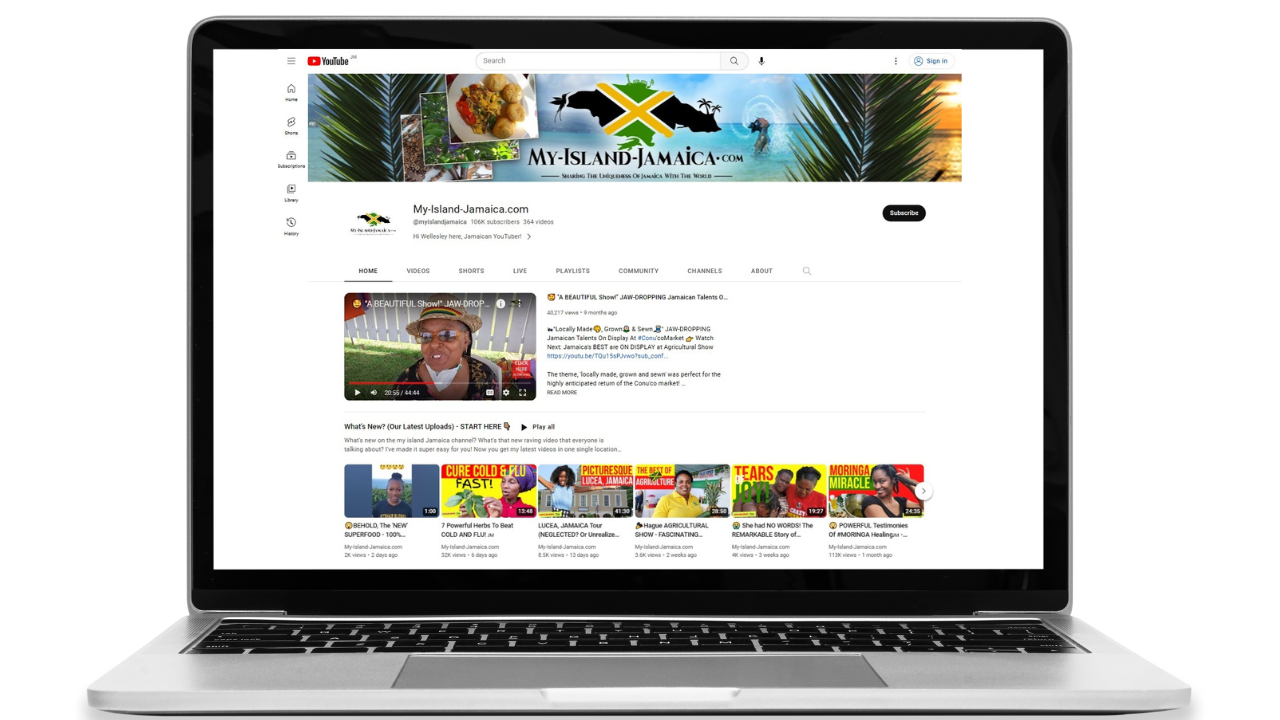Subscribe for all my updates and don't miss a thing! Sign me up!
Where Is Jamaican Money Printed?

Answered by Tracie Shortridge, Associate Writer
If you live here in Jamaica then, like me, you would have been using Jamaican money daily. But did it ever dawned on you where our money originated? Or where it is printed?
Great. I'll take the opportunity to share this with you.
The Early History Of Jamaican Money
The currency of Jamaica is the Jamaican Dollar (JMD/J$) but it was not always like that.
In fact, up until the colonization of Jamaica by the Spaniards, there was never a need for money in Jamaica as the inhabitants of the island, the Tainos, relied on barter for everyday transactions.
They did not know of, nor saw the need for, the use of money.
When the Spaniards came, they traded beads, trinkets and mirrors with the Tainos in the early phase of their colonization until they started to physically abuse the Tainos.
Once the abuse took over, the Spaniards were now in a dominant role and were able to introduce their money to the Tainos and in their trades with other countries.
Since Jamaica served then as the main headquarters for pirates and military forces, it received a lot of coins for payment to afford safe passage to ships traversing the channel.
The Spanish’s currency was called the “real” and was calculated in the formula of eight reals equaling one dollar.
By the time the 19th century came around, the British started inhabiting the island and the topic of currency now became an issue. As such, as at December 31, 1840, an Act was put in place which stated that the currency of Britain should be that of Jamaica resulting in lower denomination copper coins, farthing, half penny, penny and ha’penny with the higher denomination silver coins, three pence, six pence, shilling, florin half crown and crown.
This resulted in the Spanish coins being demonetized with the exception of the doubloon until it was eventually demonetized on April 1, 1901.
Jamaica's First Bank Notes
With the freedom of slaves in 1838, there was a need for ready cash especially for values smaller than ha’penny. So, the first bank notes were issued in the mid-nineteenth century.
These first notes were payable in British pounds, Spanish dollars and local currency.
Then in 1904 the Currency Notes Law was passed giving a Board of Commissioners the task to issue notes called currency notes for the value of 10 shillings each.
This worked for years until 1960 when the Bank of Jamaica Act was formed to give them the sole responsibility to issue notes and coins on the island.
This gave birth to the first notes in May 1961 in the denominations of 5, 10, 1 and 5 pounds. These were in the form of coins were minted by the British Royal Mint put into circulation September 1969.
In 1970 the metallic compositin of the 1 cent was changed to bronze and were printed by Thomas De La Rue Ltd., printers of Jamaican bank notes since 1920.
Current Printers Of Jamaican Money
But effective 2011, De La Rue Ltd. and the Royal Mint were no longer the sole printers and mints for notes and coins, respectively.
So, presently printers of Jamaican notes are De La Rue International Ltd., Giesecke & Devrient Currency Technology GmbH and Oberthur Fiduciaire.

For coins, the Royal Mint (UK), Royal Canadian Mint, Royal Dutch Mint and Mint of Finland are the printers.
Be sure to learn even more about the the currency of Jamaica here.
See also: how to travel with money in Jamaica
Posted: April 30 2018
References & Works Cited:
- http://www.jamaicaobserver.com/business/Currency-notes-moving-to-plastic_14472024
- http://www.jamaica-dream-vacation.com/jamaica-currency.html
- https://www.delarue.com/media-center/bank-of-jamaica-commemorates-50-years-of-independence
New! Get My Latest Book👇🏿
|
You asked, I've answered! You no longer need to save for months or years, to enjoy paradise! I spilled the beans! sharing my top tips on finding cozy accommodations and secret gems, only the way a native could! Click Here to pick it up on my e-store and start saving now! |
See The Best Of Jamaica - In Videos!
|
My channel reaches over 140,000 subscribers worldwide and has leveraged over 11 million views, sharing, what I call 'The Real Jamaica'. Subscribe today and join our family of viewers. |
Read More ...
New! Experience The REAL Jamaica!
Book Your Private Tour here and experience Jamaica the way we (locals) do!
P.S. Didn't find what you were looking for?
Still need help?
Click Here to try our dependable and effective Site Search tool. It works!
Or, simply click here and here, to browse my library of over 500 questions and answers! Chances are someone already asked (and got an answer to) your question.





